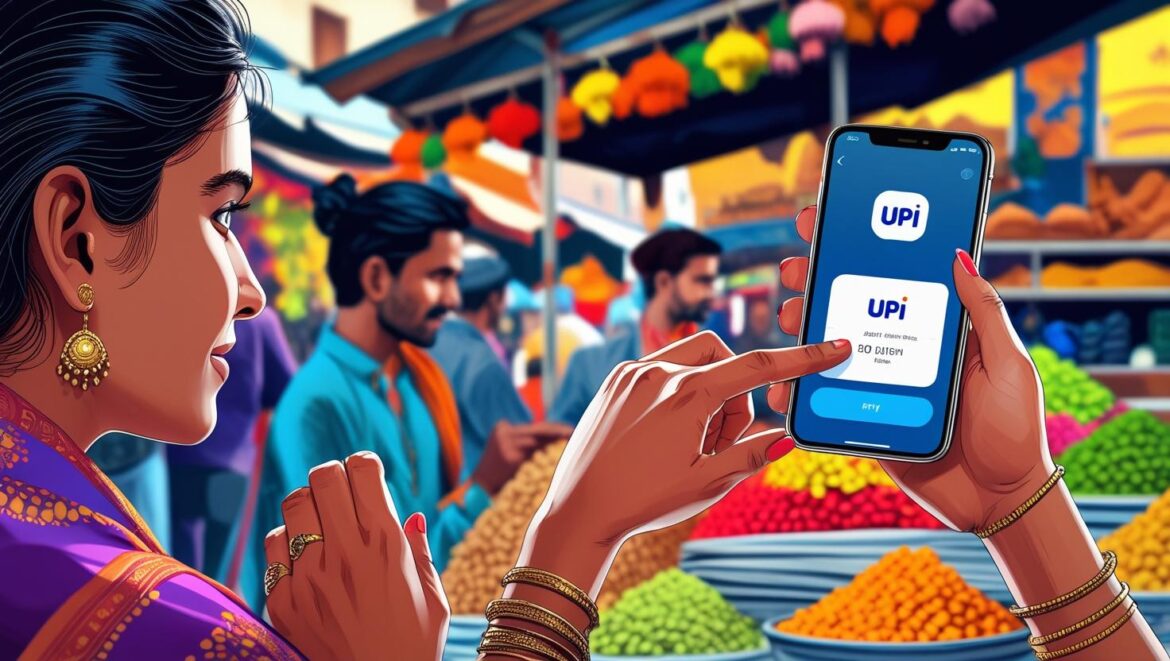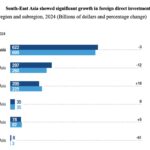India’s Unified Payments Interface (UPI) has continued its blistering growth in 2025, with average daily transaction values climbing from about $9.1 billion in January to $10.9 billion in August, according to a new report from SBI Research.
The study highlights that UPI has now firmly displaced cash as the preferred mode of retail transactions. In May 2025, UPI accounted for ninety-one percent of combined retail money demand — including ATM withdrawals — up from just forty percent in November 2019.
State Bank of India emerged as the top remitter bank, processing 5.2 billion transactions, more than three times rival HDFC Bank. YES BANK led as the top beneficiary bank with nearly 8 billion transactions. Among apps, PhonePe retained its dominance, followed by Google Pay and Paytm.
SBI economists warned, however, that the concentration of transactions in a few third-party apps could “stifle India-centric fintech innovation,” calling for the development of a homegrown “Desi counter-intuitive” digital payments app.
Maharashtra led the country in UPI adoption, with nearly ten percent of all transactions in July, followed by Karnataka at five and a half percent and Uttar Pradesh at five and three-tenths percent.
On the merchant side, person-to-merchant (P2M) payments showed strong momentum, rising from just thirteen percent of total value in June 2020 to nearly twenty-nine percent in July 2025. In volume terms, P2M transactions now account for sixty-four percent of all UPI payments, up from thirty-nine percent five years ago, underscoring a shift towards digital payments for low-ticket, everyday purchases.
Groceries dominated UPI merchant transactions, accounting for nearly a quarter of volumes. Debt collection agencies, however, topped the charts by value, processing about $11.3 billion in July alone, reflecting rising digital repayments of small-ticket loans.
The report noted that despite government incentives to encourage merchants to adopt UPI — including zero merchant discount rates (MDR) on transactions — the system’s true cost may be as high as $480 million–$600 million annually, compared with just $52 million budgeted for FY26.
SBI Research concluded that while UPI has transformed India’s payment landscape, the next stage of growth will require broader merchant category data disclosure from NPCI and stronger policy support to prevent market dominance by a handful of platforms.






